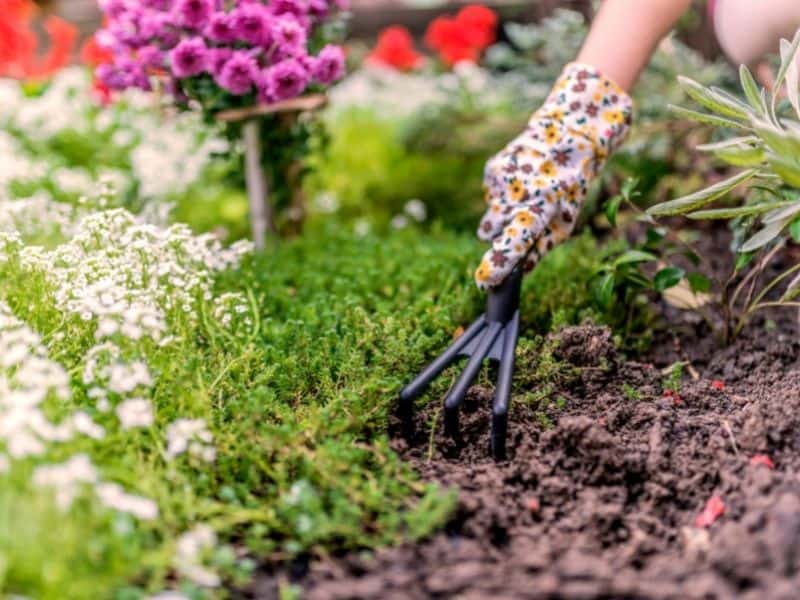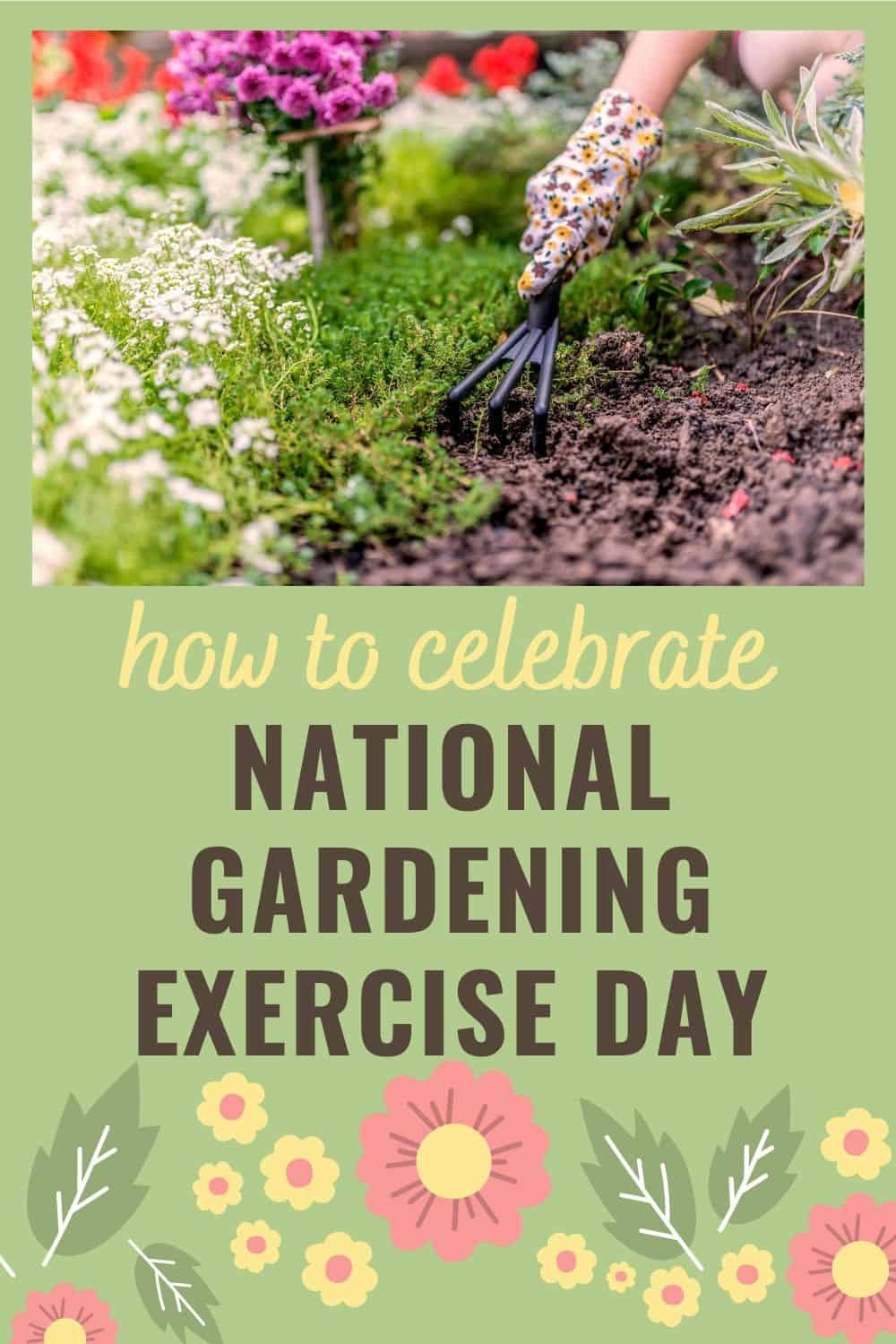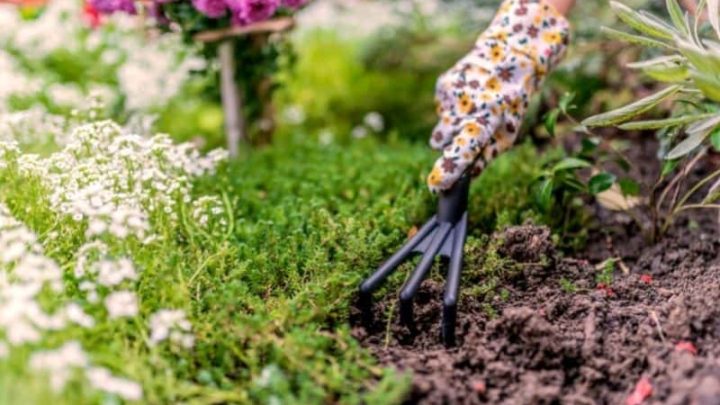Gardening is so much more than a hobby. It can provide us with food, beautify our outdoor and indoor spaces, improve our mental health, and even serve as a form of exercise. On June 6, we specifically celebrate this last benefit by observing National Gardening Exercise Day – and why shouldn’t we? Gardening is way more fun (and productive!) than sweating in the gym!

With such a wide variety of tasks, gardening encompasses all types of exercise: flexibility, strength, balance, and endurance. It also works all of your major muscle groups, giving you a full workout!
How To Boost Your Garden Workout On National Gardening Exercise Day
1. Exercise safely
First, gear up with your wide-brimmed gardening hat (this is one of the best!), long sleeves, and reef-safe sunscreen to avoid sunburn. Do some gentle stretches before engaging in intense activity to warm up your muscles.
While out in the garden, take occasional breaks and drink plenty of water – keep a water bottle nearby so you can take frequent sips. And remember good posture: always lift with your legs, not your back.
2. Increase your range of motion
Use your whole body when gardening to both, increase the amount of exercise you get from each task, as well as to prevent hurting yourself. For example, when digging or raking, don’t use just your shoulders; get your entire body involved. Exaggerate movements for all tasks, taking care not to overexert yourself.
3. Balance everything
Use both sides of your body while working, and keep yourself balanced by bringing one hand back when the other goes out. When raking or hoeing, for example, put one foot forward and the same hand lowest on the handle for a few strokes, then switch sides. Similarly, try alternating hands when weeding.
4. Use large muscles
To burn more calories and reduce soreness the following day, focus on engaging your largest muscles in the garden. Transfer effort from your smaller muscles, such as those in your arms and lower back, to the larger muscles in your legs, buttocks, and core.
In addition to stretching beforehand, it’s important to use your muscles properly while working and alternate tasks that use different muscle groups. You shouldn’t feel stiff and achy after gardening.
5. Increase movement
Instead of thinking about how to make things easier, consider ways to incorporate more movement into your gardening tasks. Use a push mower instead of a riding mower as much as possible (bonus: it’s more gas efficient), walk in place or back and forth while watering, and take the long way around to get from point A to point B.
6. No space? No problem!
If you lack space and only have a deck or patio container garden, you can still reap health benefits from gardening. Many of the above tips apply, especially when you’re hauling bags of potting soil or watering your plants. You might need a bit more creativity to get a full workout, though.
Instead of paying for a gym membership, rent a plot at a nearby community garden, if possible. This will give you more space for growing your own produce and provide opportunities for more intense exercise. Alternatively, you can get a garden workout for free by volunteering at a nonprofit or public garden. Some places might even offer extra perks for helping them out, such as reduced or waived admission to their gardens or events.
Friends, family members, and neighbors may also appreciate help in their yards and gardens, especially if they have limited mobility or time. Or perhaps those who lack a “green thumb” would be willing to trade their own skills in something you don’t enjoy doing for your garden work. Fresh homemade bread in exchange for weeding and mowing? Sure!
Whether by maintaining your own garden or helping out in someone else’s outdoor space, you can turn your hobby into a well-rounded form of self-care. Get active on National Gardening Exercise Day this June 6, and learn how to get in shape while doing something you love.



